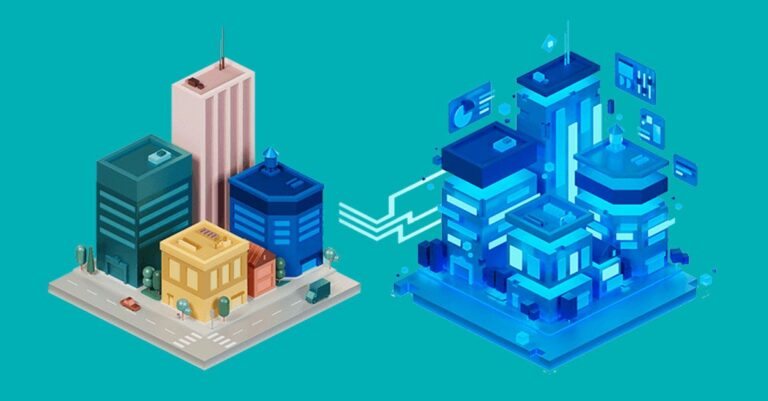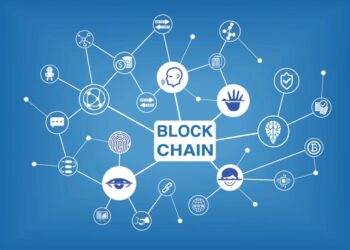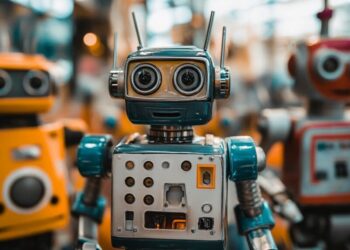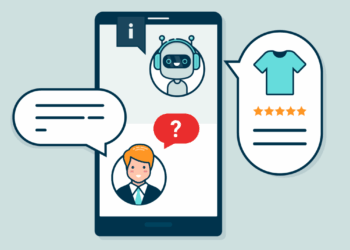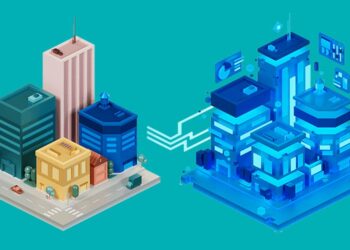The concept of a digital twin has rapidly evolved from an ambitious engineering theory to a practical, transformative technology that is fundamentally bridging physical and digital worlds. More than just a 3D model, a digital twin is a virtual replica of a physical object, process, or system that is updated in real-time with data from its real-world counterpart. This dynamic, living model provides unprecedented insights, enables predictive capabilities, and unlocks opportunities for optimization, monitoring, and simulation that were previously impossible. From revolutionizing manufacturing and healthcare to enhancing urban planning and personal well-being, the emergence of digital twins is reshaping industries and redefining our interaction with the complex systems that surround us. This comprehensive exploration delves into the core principles that define digital twin technology, its profound impact across diverse sectors, the significant challenges it must overcome for widespread adoption, and its essential role in sculpting a future where intelligent, data-driven decisions are made with unparalleled precision. Understanding this pervasive technological shift is crucial for anyone navigating the intricate tapestry of 21st-century innovation.
The Genesis of Digital Twin
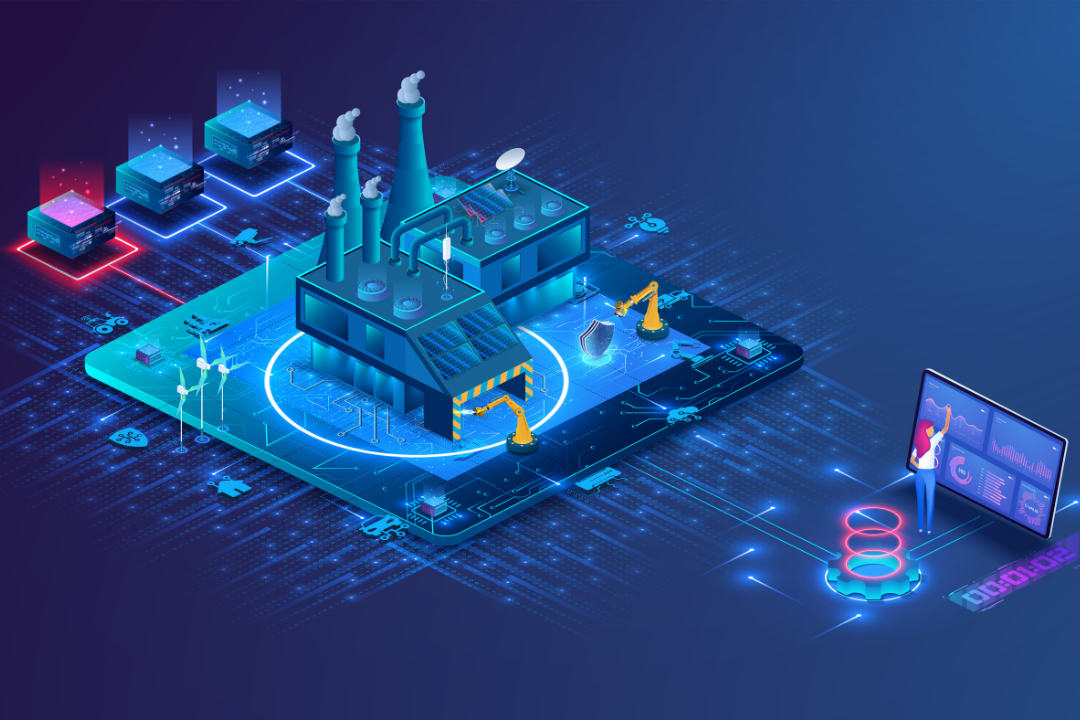
While the term “digital twin” was coined relatively recently, its foundational concepts have been evolving for decades, driven by advancements in simulation and data integration.
A. Early Simulation and Modeling
The idea of creating virtual representations to understand and predict the behavior of physical systems has deep roots.
- NASA Apollo Program (1960s): Though not called “digital twins,” NASA’s use of highly sophisticated physical mockups and digital simulations of spacecraft for testing and problem-solving during missions (like Apollo 13) embodied the core principle of a real-time, high-fidelity replica.
- Computer-Aided Design (CAD) and Engineering (CAE): In the 1980s and 90s, CAD allowed engineers to design and visualize products digitally, while CAE (including Finite Element Analysis) enabled virtual testing and simulation of physical properties before physical prototyping.
- Product Lifecycle Management (PLM): As software matured, PLM systems began to manage all information related to a product from conception through its end-of-life, incorporating design, manufacturing, and service data.
These early efforts laid the groundwork by demonstrating the value of digital representations in complex engineering.
B. The Birth of the “Digital Twin”
The formal concept and term “digital twin” emerged in the early 2000s, driven by visionary thinking in manufacturing and product design.
- Dr. Michael Grieves (2002): Often credited with introducing the concept, initially describing it as the “conceptual ideal for product lifecycle management.” He envisioned a product’s virtual information equivalent existing throughout its entire lifecycle.
- NASA’s Role (Again): In 2010, NASA formally introduced the idea of the “Digital Twin” to improve aircraft lifecycle management, recognizing the need for a high-fidelity, real-time virtual model paired with a physical asset.
- IoT as an Enabler: The proliferation of sensors and the advent of the Internet of Things (IoT) provided the critical missing link: the ability to collect real-time data from physical assets and feed it directly into their digital counterparts.
This formalization marked the transition from static digital models to dynamic, living virtual replicas.
C. The Current Paradigm
Today’s digital twin is characterized by its continuous, bidirectional flow of data and its integration with advanced analytics and AI.
- Real-time Data Synchronization: Data from sensors on the physical twin is continuously streamed to the digital twin, ensuring the virtual model accurately reflects the physical asset’s current state, performance, and environment.
- Bidirectional Link: Not only does the physical twin inform the digital, but insights and simulations from the digital twin can also be used to optimize and control the physical twin (e.g., sending commands to adjust settings).
- AI and Machine Learning Integration: AI algorithms analyze the vast data streams, identify patterns, predict future behavior (e.g., equipment failure), and suggest optimal interventions.
- Simulation and Prediction: The digital twin acts as a living simulator, allowing users to run “what-if” scenarios, test changes, and predict outcomes without impacting the physical asset.
- Holistic View: Digital twins can represent individual components, entire systems, processes, or even complex environments like cities, providing a comprehensive, real-time view.
This dynamic interaction makes the digital twin a powerful tool for intelligent decision-making and operational optimization.
The Core Components of a Digital Twin Ecosystem
Building and deploying effective digital twins requires a sophisticated integration of various technologies and a robust data pipeline.
A. The Physical Twin
This is the actual physical object, process, or system that is being replicated.
- Sensors: Embedded in the physical asset, these collect data on its performance, condition, location, environmental factors (temperature, pressure, vibration, humidity), and operational parameters.
- Actuators: Components on the physical asset that can receive commands from the digital twin to perform actions (e.g., adjust settings, turn components on/off).
The quality and breadth of data collected from the physical twin directly impact the accuracy and utility of its digital counterpart.
B. Connectivity and Data Ingestion
This layer is responsible for securely and reliably transmitting data from the physical twin to the digital twin.
- Internet of Things (IoT) Platforms: IoT devices and gateways collect data from sensors and transmit it.
- Communication Protocols: Various protocols (e.g., MQTT, HTTP, OPC-UA) ensure data is sent efficiently.
- Network Infrastructure: Reliable connectivity (e.g., Wi-Fi, 4G/5G, LoRaWAN, satellite) is crucial, especially for geographically dispersed assets.
- Data Lakes/Data Warehouses: Centralized repositories for storing raw and processed data from the physical twin.
Robust, low-latency connectivity, often powered by 5G and edge computing, is essential for real-time synchronization.
C. The Digital Model
This is the software representation of the physical twin.
- 3D Models and CAD Data: Visual representations of the asset’s geometry and structure.
- Physics-Based Models: Mathematical models that simulate the physical behavior of the asset (e.g., fluid dynamics, thermal dynamics, structural mechanics).
- Behavioral Models: Models that represent how the asset operates, responds to inputs, and interacts with its environment.
- Historical Data: Past performance data, maintenance records, and operational logs, which are crucial for training AI models and understanding long-term trends.
- Environmental Data: Information about the physical twin’s operating environment (e.g., weather data for a wind turbine, traffic data for a smart city segment).
The fidelity and accuracy of the digital model are paramount for useful insights.
D. Data Processing and Analytics
This layer transforms raw data into actionable intelligence.
- Data Pre-processing: Cleaning, filtering, and normalizing raw sensor data.
- Big Data Analytics Platforms: Tools to process and analyze massive datasets from the digital twin.
- Artificial Intelligence (AI) and Machine Learning (ML):
- Predictive Analytics: AI models learn from historical and real-time data to predict future performance, potential failures, or optimal operational parameters.
- Anomaly Detection: AI identifies unusual patterns that may indicate problems.
- Optimization Algorithms: AI suggests the best courses of action to achieve specific goals (e.g., maximize uptime, minimize energy consumption).
- Simulation Engines: Software that allows users to run “what-if” scenarios and test changes virtually.
This is where the “intelligence” of the digital twin truly resides, enabling foresight and optimized decision-making.
E. User Interface (UI) and Visualization
This layer provides the means for humans to interact with and derive value from the digital twin.
- Dashboards and Visualizations: Intuitive interfaces that display real-time data, key performance indicators (KPIs), and alerts in an easily understandable format.
- 3D Renderings and Virtual Environments: Immersive visualizations of the digital twin, often in virtual reality (VR) or augmented reality (AR), allowing for intuitive exploration and interaction.
- Command and Control Interfaces: For situations where insights from the digital twin are used to send commands back to the physical twin.
- Alerting Systems: Notifying users of critical events or predicted issues.
An effective UI ensures that the complex data and insights generated by the digital twin are accessible and actionable for decision-makers.
Digital Twin’s Transformative Impact Across Industries

The widespread adoption of digital twin technology is revolutionizing operations, creating efficiencies, and enabling unprecedented levels of control and foresight across diverse sectors.
A. Manufacturing and Industrial IoT (IIoT)
Digital twins are central to Industry 4.0 and the creation of smart factories.
- Predictive Maintenance: A digital twin of a machine continuously monitors its health, predicts component failures, and schedules maintenance proactively, minimizing costly downtime.
- Process Optimization: Digital twins of entire production lines allow manufacturers to simulate changes, optimize workflows, and identify bottlenecks before implementing them physically.
- Product Lifecycle Management: From design and prototyping to manufacturing, operation, and end-of-life, a digital twin provides a continuous, real-time record of a product’s performance and usage, enabling continuous improvement.
- Quality Control: Digital twins can simulate manufacturing processes to predict and prevent defects, improving product quality.
- Remote Monitoring and Control: Operators can monitor and control industrial assets remotely using their digital twins, enhancing efficiency and safety.
B. Aerospace and Defense
Digital twins are vital for ensuring the reliability and safety of complex aerospace systems.
- Aircraft Health Monitoring: A digital twin of an aircraft engine or component continuously monitors its performance in flight, predicting maintenance needs and ensuring operational safety.
- Design and Testing: Simulating new aircraft designs, stress testing components, and predicting performance in various conditions before physical construction.
- Fleet Management: Optimizing maintenance schedules and operational efficiency across entire fleets of aircraft.
- Spacecraft Operations: Creating digital twins of satellites and deep-space probes to monitor their health, plan maneuvers, and troubleshoot issues from Earth.
C. Healthcare
Digital twins are poised to revolutionize patient care and healthcare operations.
- Personalized Digital Twin (Patient Twin): A virtual replica of an individual’s physiology, updated with real-time data from wearables, medical devices, and EHRs. This can predict disease progression, optimize treatment plans, and simulate drug responses.
- Hospital Operations Optimization: Digital twins of entire hospital facilities can simulate patient flow, resource allocation, and staff scheduling to improve efficiency and patient care.
- Medical Device Monitoring: Digital twins of implanted medical devices (e.g., pacemakers) can monitor their performance and predict maintenance needs.
- Surgical Planning: Simulating complex surgeries on a patient’s digital twin to optimize procedure and minimize risks.
- Drug Discovery: Digital twins of human organs or systems can be used for virtual drug testing, accelerating discovery and reducing the need for animal testing.
D. Smart Cities and Urban Planning
Digital twins are becoming indispensable tools for managing and developing urban environments.
- Infrastructure Monitoring: Digital twins of bridges, roads, utilities (water, electricity grids) continuously monitor their condition, predict maintenance needs, and identify vulnerabilities.
- Traffic Management: Digital twins of urban traffic networks simulate traffic flow, predict congestion, and optimize signal timings in real-time.
- Environmental Monitoring: Digital twins can simulate air quality, water usage, and energy consumption patterns across a city, helping optimize resource allocation and sustainability efforts.
- Disaster Preparedness: Simulating the impact of natural disasters (e.g., floods, earthquakes) on urban infrastructure to improve response and recovery plans.
- Urban Development: Planning and visualizing new construction projects, assessing their impact, and optimizing urban layouts virtually before physical implementation.
E. Automotive
Digital twins are critical for designing, testing, and managing the next generation of vehicles.
- Autonomous Vehicle Testing: Digital twins of vehicles and their operating environments allow for millions of miles of virtual testing in diverse scenarios, dramatically accelerating development and ensuring safety.
- Predictive Maintenance: Monitoring vehicle components in real-time to predict failures and schedule maintenance, enhancing vehicle reliability and safety.
- Product Design and Engineering: Simulating new vehicle designs, aerodynamics, crash performance, and component interactions before physical prototyping.
- Fleet Management: Optimizing routes, fuel efficiency, and maintenance schedules for large commercial fleets.
The Challenges and Hurdles for Digital Twin Adoption
Despite their immense promise, digital twin technologies face significant technical, economic, and organizational challenges that must be addressed for widespread and successful implementation.
A. Data Management and Integration Complexity
Digital twins are inherently data-intensive, making data management a major hurdle.
- Data Volume and Velocity: Handling and processing massive, continuous streams of real-time data from potentially thousands or millions of sensors.
- Data Quality and Integrity: Ensuring the accuracy, consistency, and reliability of data from diverse sources, which can be prone to errors or sensor drift.
- Integration with Legacy Systems: Connecting modern digital twin platforms with older, siloed enterprise systems (e.g., ERP, CRM, PLM).
- Data Normalization and Standardization: Harmonizing data from various sensors and systems into a common format for effective analysis.
B. Technical Challenges
Creating high-fidelity, real-time digital twins at scale is technically demanding.
- Model Accuracy: Building virtual models that precisely reflect the behavior of physical assets, requiring sophisticated physics-based simulations and AI.
- Computational Power: Running complex simulations and AI algorithms in real-time requires substantial computing resources, often leveraging edge and cloud computing.
- Real-time Synchronization: Maintaining a continuous, low-latency data flow between the physical and digital twin, especially for large, dynamic systems.
- Visualization Challenges: Effectively visualizing complex data and simulations in an intuitive way, often requiring advanced AR/VR capabilities.
- Cybersecurity at Scale: Securing vast amounts of sensitive real-time data and ensuring the integrity of the digital twin against cyberattacks.
C. Cost and Return on Investment (ROI)
The initial investment for implementing digital twin solutions can be substantial.
- Upfront Investment: Costs associated with sensors, IoT infrastructure, software platforms, AI development, and specialized expertise.
- Demonstrating ROI: Clearly quantifying the tangible benefits (e.g., reduced downtime, increased efficiency, new revenue streams) to justify the significant investment.
- Long-Term Maintenance: Ongoing costs for data storage, platform maintenance, and model updates.
- Customization vs. Off-the-Shelf: Many digital twin implementations require significant customization, increasing costs and complexity.
D. Skills Gap and Talent Shortage
Implementing and managing digital twins requires a highly specialized, multidisciplinary workforce.
- Interdisciplinary Expertise: A shortage of professionals who combine expertise in engineering, IoT, data science, AI, cloud computing, and domain-specific knowledge.
- Training and Reskilling: The need to train existing workforces and develop new talent pools capable of leveraging digital twin technologies.
E. Organizational and Cultural Barriers
Adopting digital twins often requires significant changes in organizational structure and mindset.
- Siloed Data and Departments: Breaking down traditional organizational silos to enable data sharing and cross-functional collaboration.
- Resistance to Change: Employees may be resistant to new technologies and processes.
- Trust in AI and Simulation: Building trust in data-driven insights and automated decision-making.
- Clear Ownership: Defining clear responsibilities for the digital twin across different departments.
Conclusion
The Digital Twin Emergence marks a pivotal moment in our technological evolution, offering a dynamic bridge between the tangible and the virtual. By creating living, breathing digital replicas of our physical world, this technology provides unparalleled foresight, enables real-time optimization, and unlocks new frontiers in efficiency and innovation across manufacturing, healthcare, smart cities, and beyond. While significant challenges persist—from managing vast data streams and ensuring model fidelity to addressing the high costs and complex ethical considerations—the relentless march of technological convergence with AI, IoT, and immersive realities ensures its pervasive future. As digital twins become more sophisticated, interconnected, and autonomous, they will not only transform how we design, operate, and maintain complex systems but will fundamentally reshape our decision-making processes, empowering us with intelligent insights and ushering in a truly optimized, data-driven, and hyper-connected world. The future is a twin, and it’s being built today.

